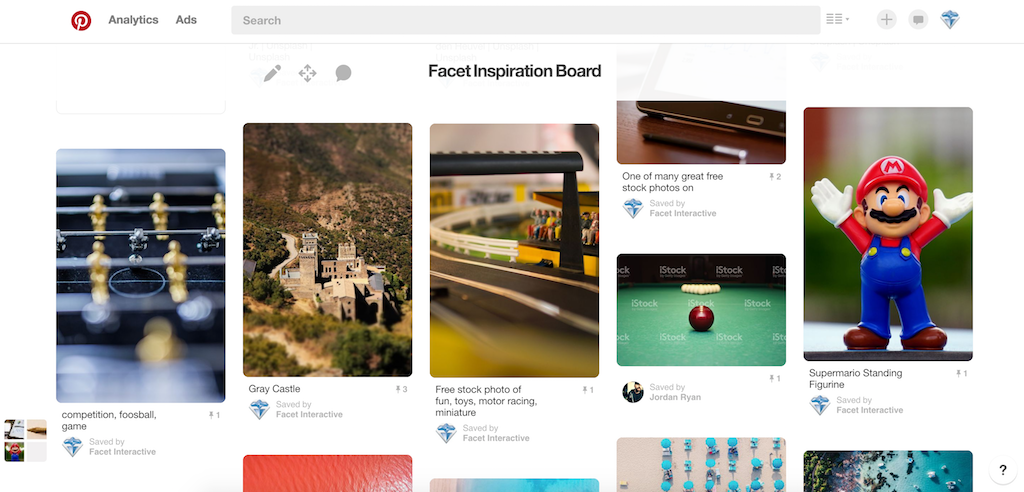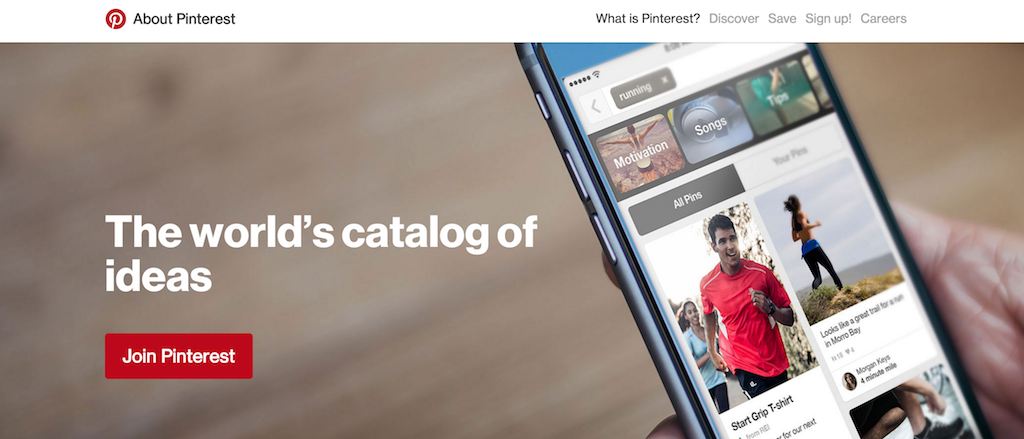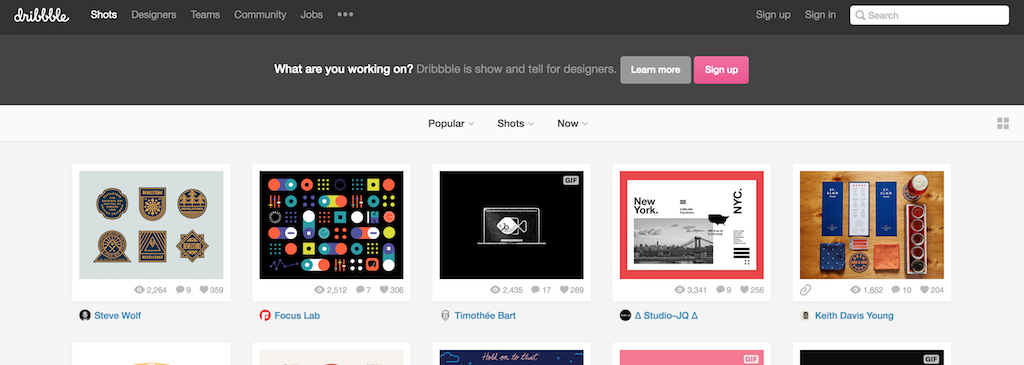How to Create an Inspiration Board
Every business has an image, but not necessarily a good one. Many organizations struggle to create a singular brand personality that shines through from all angles of the business.
With multiple team members contributing to the brand, things can get messy. Each individual has a different idea of the image that should be expressed. They struggle to collaborate and build cohesion. The team fails at accurately targeting buyer personas with their content. But it doesn't have to be this way.
By aiming to get everyone on the same page, when it comes to the brand personality, companies have the ability to develop a strong and prominent image. One of the best ways to start this process is through the creation of an inspiration board.
What is an Inspiration Board?
An inspiration board is a visual tool used to define the style and voice of a brand. It uses a combination of textures, colors, fonts, images, and phrases or vocabulary to help illustrate a company's image or a specific company project or campaign. It can be physical, and on an actual foam board, or it can be digitally based, on a computer program or platform.
It is never just a random assortment of what team members like or what they think could connect with potential and current customers. It is well thought out and planned. It is researched, investigated and slowly arranged in a way that connects with both the organization's vision and mission, and with the target market.
The end goal is to inform others, within the organization, about the overall brand personality so every team member has a unified image in their mind when creating content, communicating with customers and going about their daily work tasks.

How Do You Create An Inspiration Board?
Yes, inspiration boards cure the blank canvas syndrome for all future content creation projects. The problem is the inspiration board, in and of itself is a blank canvas and it can be difficult to know where to start. Here is a step-by-step guide to get you on the right track:
1. Who you are:
Write down your vision, mission, goals, priorities, services and products. All of these points are who you are as an organization. Once you have these down, connect them to images, colors, fonts and vocabulary. Create a word cloud and note how these ideas make you feel.
2. Who your customer is:
Think about your current customers and your target customers. What are their priorities in life? What do they like? What vocabulary do they use? Reference your persona story map. Again, connect these ideas to colors and images.
3. What images, colors and themes connect:
Combine the outcomes for your company and your customer. What overlaps? How can you connect a customer's priority to your vision? Find the areas where your themes and the customer's themes align and create your image board based on this.
4. Begin the search:
With a clear image and theme in mind, send your team out to get color swatches, fonts, pictures and textures that are suitable. When everyone has a bundle of ideas, meet again, share your thoughts and choose the best ideas.
5. Organize:
This step is too often forgotten. A inspiration board without organization is purely inspirational. Whereas, an inspiration board with organization is both inspirational and helpful. Divide your images into groups and then rank them. What will your primary color be? Then decide on your secondary. This also goes for fonts, textures and images.
Why Create an Inspiration Board?
Inspiration boards are used across a variety of industries, not just design and marketing. Whether a business is involved in agriculture, energy, food and beverage, or medicine, they need to present who they are and what they believe to clients, customers, distributors, wholesalers and more. And this presentation must be clear and consolidated. The benefits from achieving this are numerous:
Increased efficiency: At first glance, the idea of spending time to develop an inspiration board seems like a waste. It is just an extra step and extra work to you add to your process.
However, an inspiration board eradicates the problem of the blank-canvas syndrome. It helps you to jump right into your project and content creation with a clear vision. The colors, the fonts, the vocabulary, and the imagery are all picked out. All you have to do is puzzle them together.
Decreased waste: Because an inspiration board helps to create clarity, it means all team members are on the same page. They are developing similar content and working in a similar fashion.
This means if a team member creates a campaign, it will be spot on. No more wasting time on a project that needs to be scratched and redone. No more wasting resources on printing out or developing branded products that can't be distributed because they don't align with the brand personality.
Client and customer trust: When a company's image bounces between different themes, moods and inspirations it confuses consumers. They don't know who they are buying from. They can't figure out if they are the target market.
On the other hand, when an organization consistently comes across in the same light in all communication with clients and customers, they create trust. Customers understand them and know they can rely on the company for stability.
Decreased frustration: The great thing about an inspiration board is it is a team effort. It is a fun project the organization can work together on, share ideas and envision a strong future.
The team will also appreciate that by having an inspiration board, the amount and extent of revisions will be limited. They know what to do and why they are doing it. This means they won't be frustrated after spending hours, days or weeks on a project because it will be right the first time around.
What are the Best Tools for Creating an Inspiration Board?
Whether you create your inspiration board on a blank wall or on software specifically designed for inspiration board creation, there are some excellent tools available to assist you with every phase of development.
Pinterest is a great space where you can not only search for images from a vast engine of material, but you can also use the platform to create the board online. And the big bonus is it can be a shared space where your team can collaborate from different devices. This means you don't have to be geographically bound either.

Behance and Dribbble are platforms for inspiration. They are online portfolios created by thousands of designers in a variety of industries and fields. If you're having trouble getting started, this is a great place to begin.

Behance

Dribbble
Developing an inspiration board does take time and thought. It means bringing your team together and getting their creative juices flowing. But if you follow a process and make that process fun, your team will end up being more dedicated to the content they create and developing content that more effectively resonates with customers, quickly converting them and moving them through the buyer journey.

